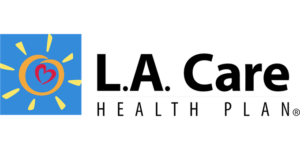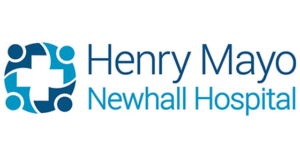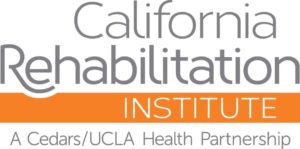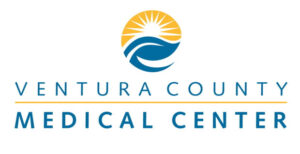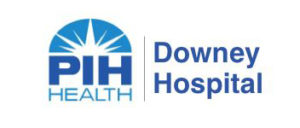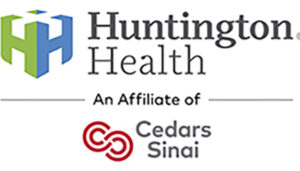My Specialty
Hematology/Oncology, Devon Ballentine, UCLA Santa Monica
Using new therapies and clinical collaboration to help patients fight cancer
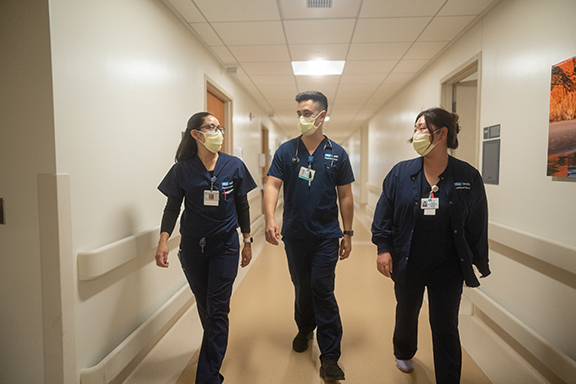
Devon Ballentine, RN, BSN
Clinical Nurse II, Charge Nurse
AMN Hematology/Oncology Unit
UCLA Santa Monica Medical Center
Please share with us a little about your career.
I joined UCLA Health as a new grad. I’ve been with this great organization since 2019. I started out on the floor, then served as resource nurse, and am now a charge nurse.
Management offered me the opportunity to train as charge about a year and a half into my time here, but I quickly turned it down. I felt I needed to work on my confidence and build a stronger nursing foundation.
They asked me again a month ago, and I finally said yes. It’s been exciting, and I’m pleased with what I’ve accomplished so far.
How do you feel about being elevated to charge?
The idea was daunting at first. In my mind, I perceived the charge nurse as the one who knows everything, but I began to realize that the charge RN isn’t perfect or all-knowing — they just know how to find the answers, and they take responsibility for doing so.
We’re transitioning from hematology/oncology to hematology/oncology stepdown, so we’ll begin taking patients with higher acuity. It’ll be an exciting challenge.
What was it like starting as a new grad?
In nursing school, I always thought I was going to be an ED nurse, since I enjoy a fast-paced environment. I tend to lose energy if it’s slow, and a faster pace keeps me ready to always complete the next task.
However, when I was hired, AMN (A-Level Merle Norman Pavilion) was a med-surg/telemetry floor, and I was fine with that. When the pandemic hit, we pivoted and became a COVID-19 floor for a few months. When that period was over, we then transitioned into a hematology/ oncology unit, with our own service providers and attendings. AMN is the newest unit at UCLA Santa Monica, so we’ve been taking on all sorts of things.
Our work is always interesting. We now offer CAR T (chimeric antigen receptor T-cell) therapy for patients with certain types of lymphomas and leukemias. This is a new therapy that uses patients’ own T-cells, which are collected, reprogrammed and later infused into the patient to selectively target their cancer cells.


